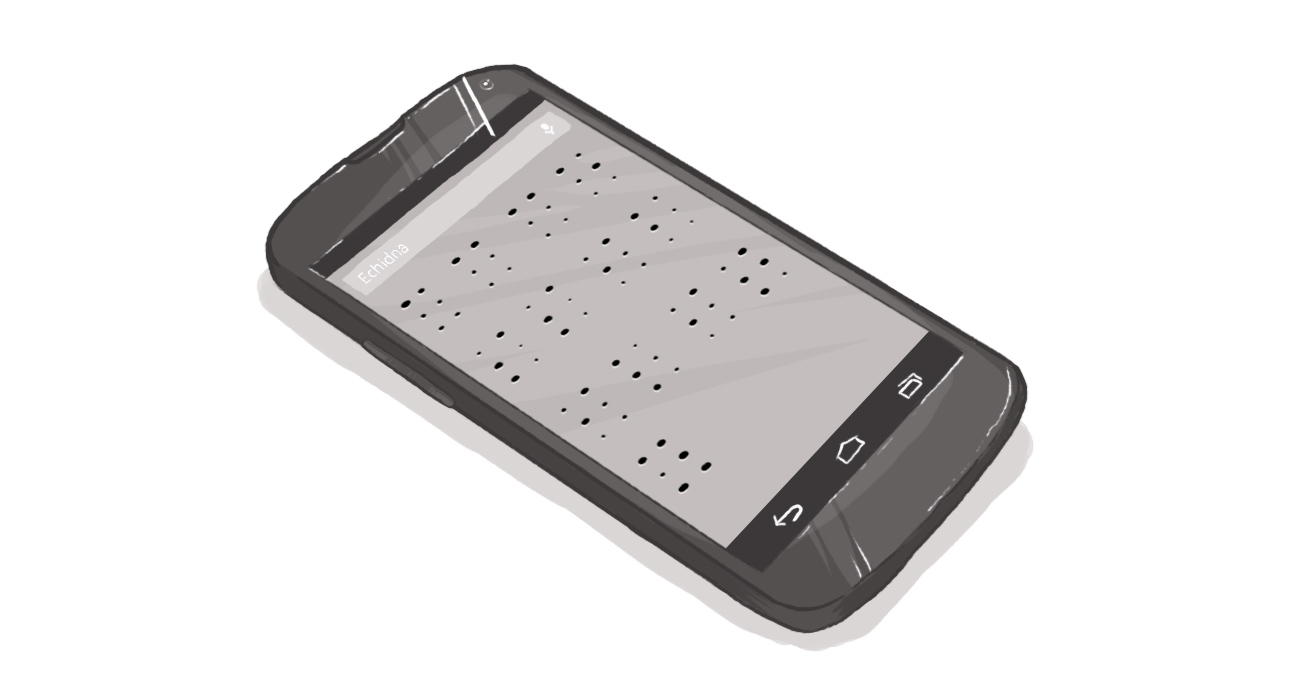Putting Accessible Images in Focus

It’s tempting. I get it. Posting a photo to your social media, it would just be so easy to upload and click -- with the obligatory sarcastic comment or attempt at wit attached, of course. But then there’s that voice in the back of my head whispering… shouting “don’t forget accessibility.”
The instant gratification part of me may whinge a bit for a second… “Oh, but it’s just another step… it’s no big deal if I miss one… It’s kind of inconvenient.”
But then that voice just bellows…
“You know what else is ‘kind of inconvenient? -- Not being able to see!”
And then it hits me. For all my talk about hating the word accommodation (see below) and all my advocacy of universal accessibility -- both online and off -- there are still elements of accessibility that my brain hasn’t completely gotten over those selfish impulses we have from time to time.
Yes, it would be quicker and faster to post an image with no descriptions attached. And while it may seem like “no big deal” to those of us with sight, it is a really big deal to those without. The fact that they can’t enjoy the image you’ve posted is the least of the worries -- the implied message that their inclusion into the broader community isn’t worth a couple of extra keystrokes speaks volumes.
We’ve done analyses of various sites and there are often hundreds of untagged images. Sure, some of them offer no additional value to the content -- they’re stock or decorative images -- but someone without that level of visual ability doesn’t know that. All they know is there’s an untagged image. It could be nothing, it could be something -- but the message you’re sending is everything.
And while it’s understandable for content created a few years ago, with all the advances in technology and the ease of accessibility today, lack of accessibility shouldn’t even be an option for new content.
I could get into the specifics of AODA and WCAG 2.0 requirements, but there are many different permutations and rules. To keep it simple, here's a top-four:
- If your image matters, add alt text
- If it’s merely decorative, at least have the courtesy to provide a null text alternative (alt=””);
- Try not to include text in images -- and if you do, make sure the text is repeated in a text alternative; and
- If you’re using a complex image, like a graph or diagram, make sure that the information presented in the image also lives somewhere else -- like in the body content.
The thing is, adding text to images isn’t all that difficult. Most content management systems worth their salt automatically prompt you -- Drupal does that every time I post an image. Even Twitter has gotten on the boat -- images uploaded on twitter.com or through its app (at least on Android), allow you to write text alternatives. Sure, my fat fingering of text on a small interface can be frustrating, but you know what else is probably really frustrating?
Not being able to see!!!
I just needed to get that out again.
If possible, try to be descriptive in your file names too. Sure, it’s easy to just save everything as DSC_1234.jpg or IMG_0111111.png -- but that title doesn’t really help. You wouldn’t use title tags like Page 1 or Page 2 on a website, so it’s probably not the best practice to do that with your images.
Instead, rename the images you’re planning on posting online. They don’t have to be long -- that’s what alt-text is for. But they can help. “SalesChart2018.jpg” or “MyCitySkyline.png” at least offer a frame of reference for people using assistive technologies.
Most importantly, the best thing you can do is make accessibility part of the routine. I mean, I could go into all the details about how accessibility is good for SEO and the business benefits. In fact, I have… and you’re welcome to go through our collection of accessibility articles to learn more. But, really, just make it part of your process.
Accessibility is about inclusion into a broader community. Whether you’re perpetuating the inaccessibility of a parkland, or you have a physical barrier to the entrance to your building, or you choose not to alt-tag images because “it’s inconvenient,” you’re making a statement about who gets to participate fully in the community -- and who is stuck on the sidelines.
Have I mentioned how much I hate the word “accommodation”? Again, I feel that implies doing something different or special -- doing something extra. For me, accessibility is all about removing the barriers -- intentional and unintentional -- that exist. And if we can embrace best practices now that are inclusive and beneficial for all users, that’s a positive. When we make that part of our routine, then it becomes the norm.
Then it’s not even a question of convenience. It just is. And that’s a future I’d like to see.
How do I make my images accessible?
SUBSCRIBE TO OUR E-NEWSLETTER
 Subscribe
Subscribe


